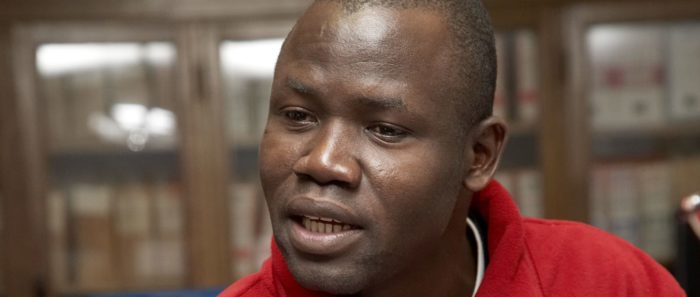In-groups and Out-groups

One of the reasons for the success of the African Voices activity programmes was the personal contact the pupils had with their African postgraduate teachers. During the engagements, it was possible for the pupils to relate to a real person from the place and culture they were learning about. An emotional bond was established which added validity to the information exchange, enhanced the retention of new knowledge acquired and contributed to the embedding of perceptual change. Educationalists, such as Pickering (2008) and Scoffham (2019), recognise the value of engaging directly with ‘others’ at an emotional level and acknowledge that such approaches are more successful in challenging overly negative stereotypes.
...learning about other nations does not always change children’s feelings (Bourchier et al., 2002). Such findings seem to indicate that teaching programmes which are predicated on suggest powerful emotional experiences may be just as or even more effective than those which focus on knowledge transfer. Scoffham, 2019, pp10
The benefit of this emotional connection between pupils and teacher reflects the theory of infrahumanisation developed by the Belgian sociologist Jacques-Philippe Leyens (2000). Leyens’ theory is based on the belief that people view ‘out-groups’ as less human than their own ‘in-group’ and that this view is reflected in the types of emotions people believe their own ‘in-group’ and other ‘out-groups’ possess. Some, more subtle emotions, are considered unique to humans e.g., love, regret, nostalgia (UHEs), whereas others are viewed as common to both humans and animals e.g., joy, anger, sadness (non-UHEs). Where humans are equated only with non-UHEs they are usually seen as inferior, or 'less human', leading to denigration.
...people attribute essences to groups and that ingroup members believe they possess “the” human essence, meaning that outgroup members are less human, more animal, than others. It celebrates pride toward the ingroup at the same time that, with subtlety, it denigrates the outgroup. (Leyens et al, 2007, p167)
Other infrahumanisation researchers have demonstrated that interventions at an early age can increase the attribution of UHEs towards ‘out-groups’ and reduce racial dehumanisation (Vezzali et.al., 2012 and Costello & Hodson, 2014). Based on this model, the African postgraduates, through their engagement programmes, were able to establish emotional connections which took them out of the pupils’ ‘out-group’ and into their ‘in-group’.
In the absence of someone from an African country to engage with the pupils it is essential that teachers acknowledge that the emotional connection the pupils establish with the people and places are as equally important as the content of the materials.
References
Costello, K., & Hodson, G. 2014. Explaining dehumanization among children: The interspecies model of prejudice. The British journal of social psychology, 53,pp.175-197.
Leyens, J.P., Paladino, P.M., Rodriguez-Torres, R., Vaes, J., Demoulin, S., Rodriguez-Perez, A. and Gaunt, R., 2000. The emotional side of prejudice: The attribution of secondary emotions to ingroups and outgroups. Personality and Social Psychology Review, 4(2), pp.186-197.
Pickering, S. 2008. What do children really learn? A discussion to investigate the effect that school partnerships have on children’s understanding, sense of values and perceptions of a distant place. Geography Education, 2(1), Article 3. https://www.geography.org.uk/download/ga_geogedvol2i1a3.pdf
Scoffham, S 2019. The world in their heads: children’s ideas about other nations, peoples and cultures. International Research in Geographical and Environmental Education, 28(2), pp. 89-102.
Vezzali, L., Capozza, D., Stathi, S., & Giovannini, D. 2012. Increasing outgroup trust, reducing infrahumanization, and enhancing future contact intentions via imagined intergroup contact. Journal of Experimental Social Psychology., 48(1), pp. 437-440.
